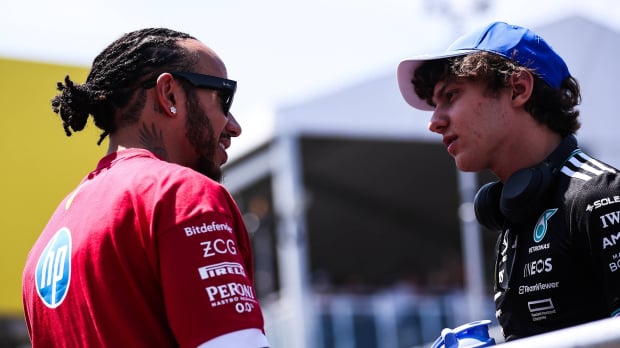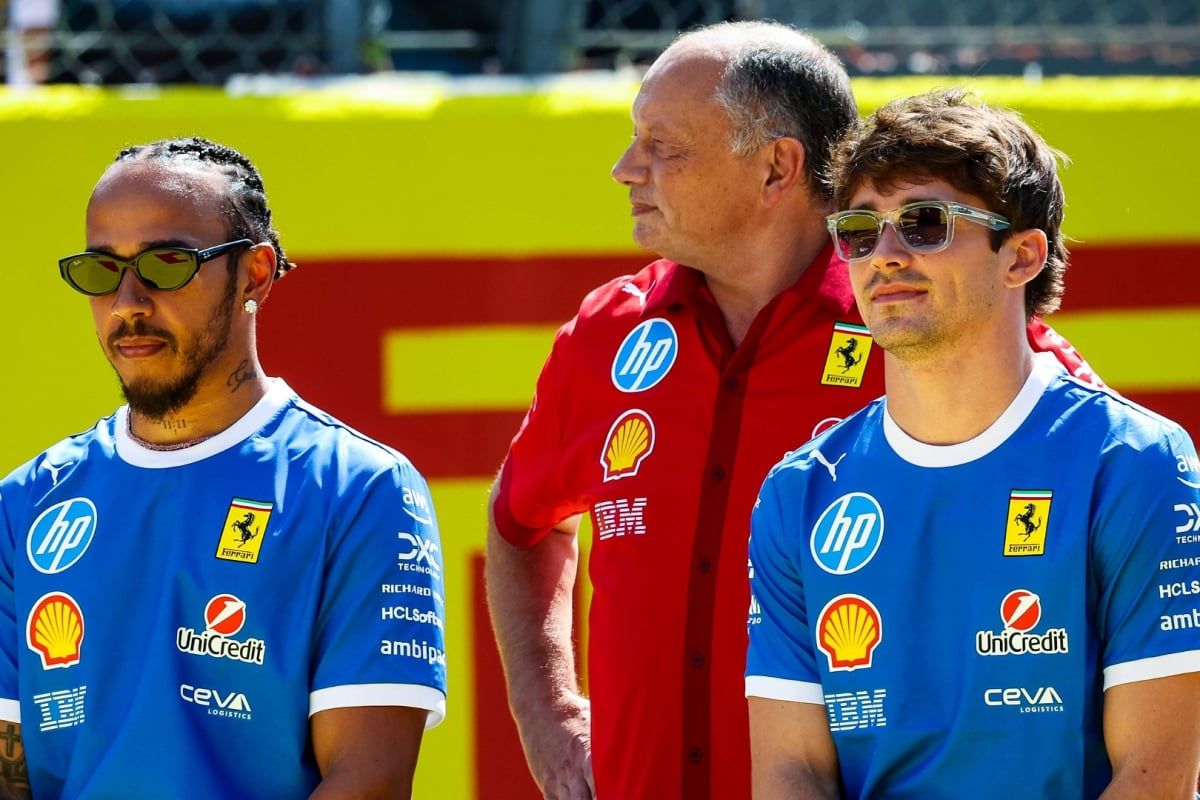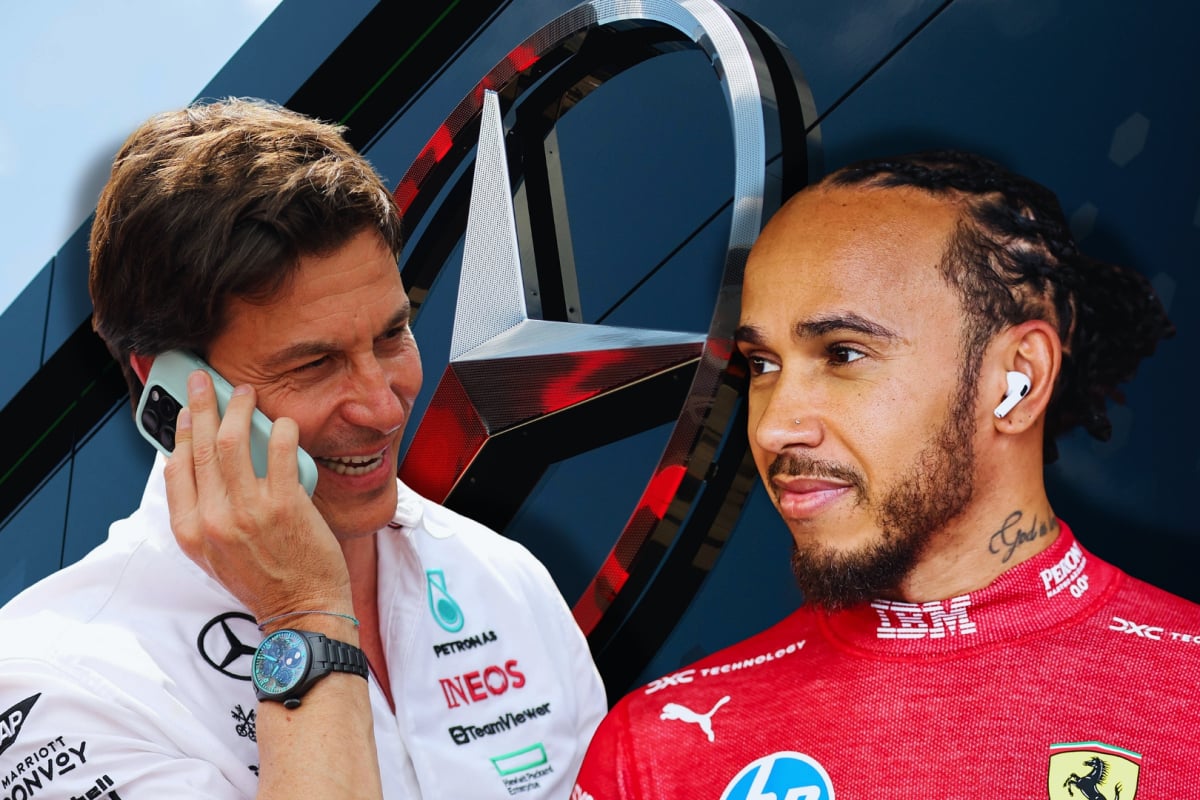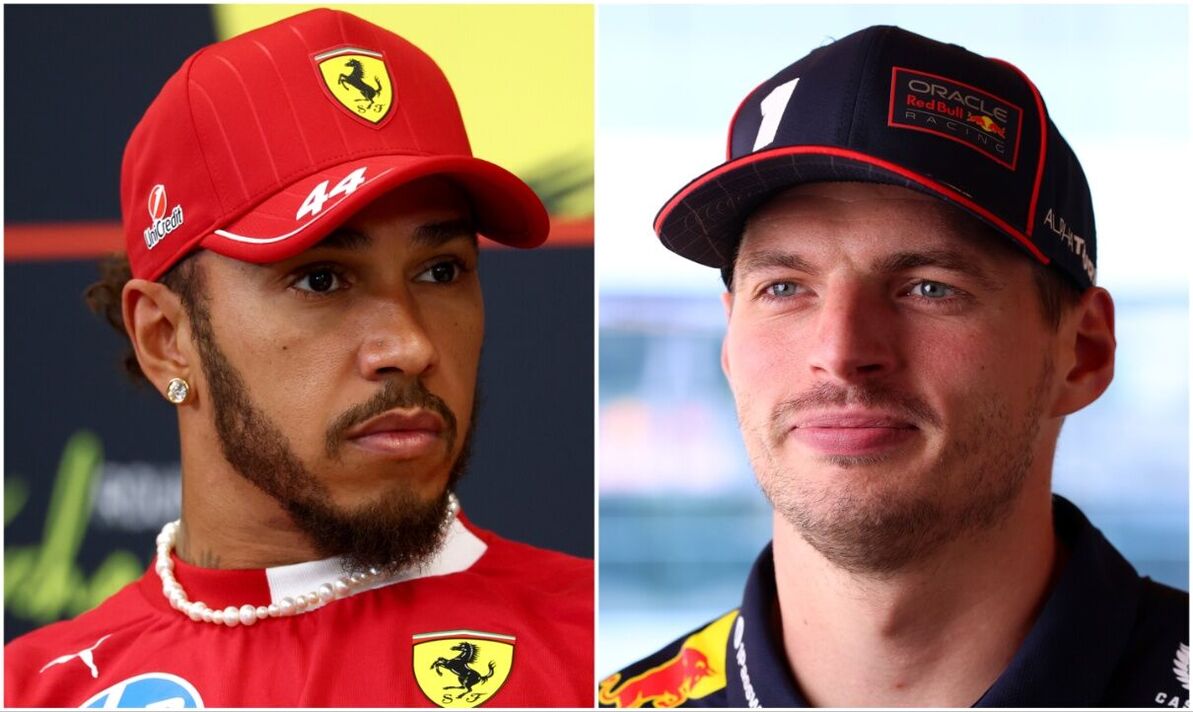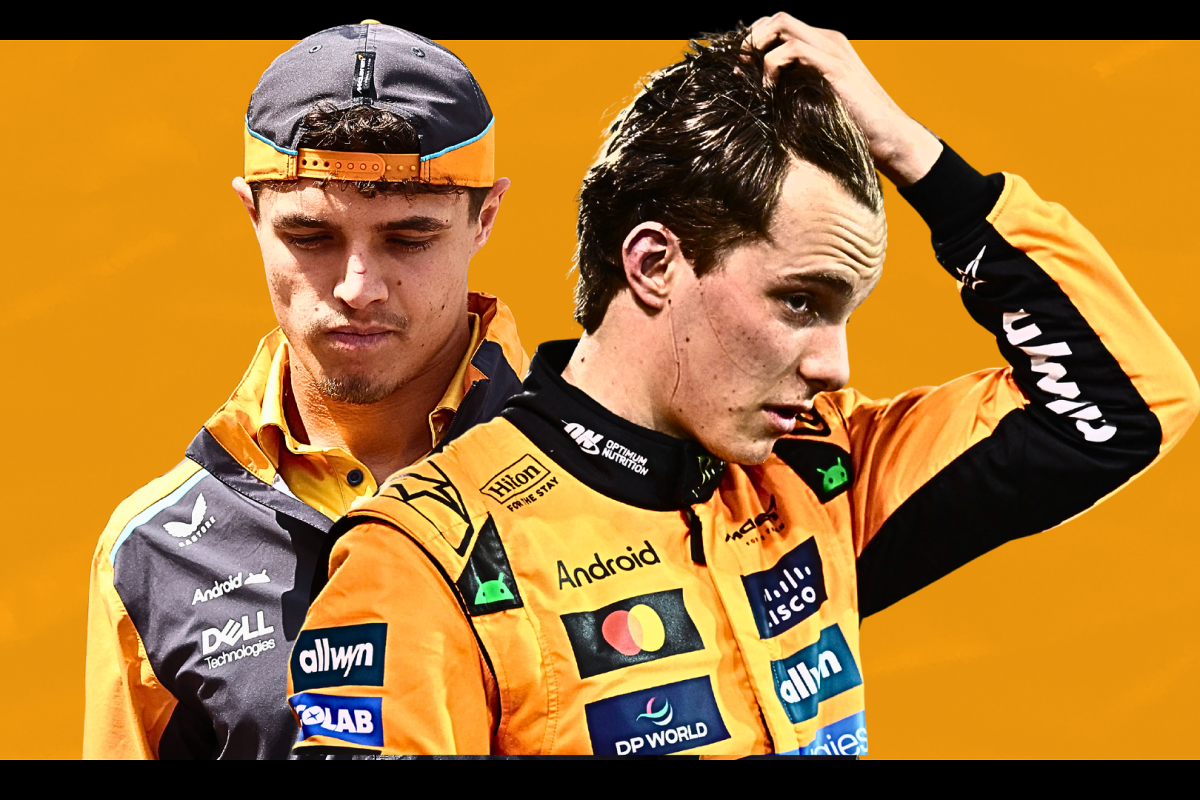Hamilton and Räikkönen’s Near-Miss at the Austrian Grand Prix: A Detailed Analysis of a T… read more
The Austrian Grand Prix, renowned for its high-speed corners and dramatic overtaking opportunities, witnessed a heart-stopping near-miss involving seven-time world champion Lewis Hamilton and former Ferrari driver Kimi Räikkönen during the race’s early stages. While not resulting in a collision, the incident highlighted the razor-thin margins and inherent risks present in Formula 1 racing, sparking intense debate among fans and experts alike. The near-miss occurred on lap three, as the drivers navigated the challenging Turn 4, a fast, sweeping right-hander following a long straight.
Hamilton, piloting his Mercedes, was attempting an ambitious overtaking maneuver on Räikkönen, who was driving for Alfa Romeo Racing. The Finn, known for his aggressive and often uncompromising driving style, held a firm line through the corner. Telemetry data and onboard footage revealed Hamilton’s Mercedes approached Räikkönen’s Alfa Romeo at a significant speed differential, leaving minimal room for error. As Hamilton attempted to squeeze past on the inside, Räikkönen, seemingly unaware of Hamilton’s proximity until the last moment, reacted by subtly adjusting his trajectory. This near imperceptible shift, however, was enough to prevent a major collision. The two cars passed within centimeters of each other, the sidepod of Hamilton’s car narrowly missing Räikkönen’s rear tire. The moment was captured by onboard cameras, instantly becoming a viral sensation and fueling intense discussion on social media platforms.
The close call prompted immediate reactions from both drivers and the stewards. While neither driver was penalized for the incident, the stewards acknowledged the dangerously close proximity of the cars and issued a formal warning to both Hamilton and Räikkönen for the potential risks involved in their driving. The FIA’s post-race report highlighted the need for greater awareness and vigilance, especially during high-speed cornering maneuvers where the potential for accidents is significantly increased. The report emphasized the importance of leaving sufficient space for other competitors and adopting defensive driving strategies that prioritize safety without unduly hindering overtaking opportunities.
Hamilton, in his post-race interview, acknowledged the near-miss, stating that he had misjudged the gap and Räikkönen’s position. He expressed relief that a collision had been avoided and stressed the importance of maintaining respect and awareness on the track. “It was very close,” Hamilton admitted. “I thought I had the space, but I clearly didn’t. It’s a lesson learned, and I’ll be more cautious in similar situations in the future.” His words echoed a sense of self-reflection and acceptance of responsibility, showcasing a mature approach to a potentially contentious incident.
Räikkönen, known for his reticence in interviews, offered a brief comment, suggesting that he had been focused on maintaining his line and hadn’t anticipated Hamilton’s late attempt to overtake. He didn’t express any significant concerns or assign blame, characteristic of his typically understated demeanor. His lack of extensive commentary, however, did little to quell the online discussions surrounding the incident.
Experts analyzing the incident offered diverse perspectives. Some commentators praised Räikkönen’s defensive driving, arguing that he had the right to maintain his line and that Hamilton had pushed the boundaries too far. Others countered that Hamilton’s overtaking maneuver was ambitious but within the realm of acceptable racing, criticizing Räikkönen for not allowing sufficient space. The differing viewpoints highlight the subjectivity and complexities involved in judging such incidents, underscoring the challenges faced by race stewards in upholding fair and consistent officiating.
The Hamilton-Räikkönen near-miss at the Austrian Grand Prix serves as a potent reminder of the volatile nature of Formula 1 racing. While the incident ultimately avoided a collision, it presented a valuable case study in driver awareness, risk assessment, and the importance of clear communication on the track. The close call highlighted the need for ongoing vigilance and continuous refinement of driving techniques to ensure the safety of all competitors, while still enabling the exciting and unpredictable nature of the sport. The incident continues to fuel discussions on the balance between aggressive driving and responsible racing, shaping the ongoing narrative of Formula 1’s quest for balance between thrilling competition and driver safety.
